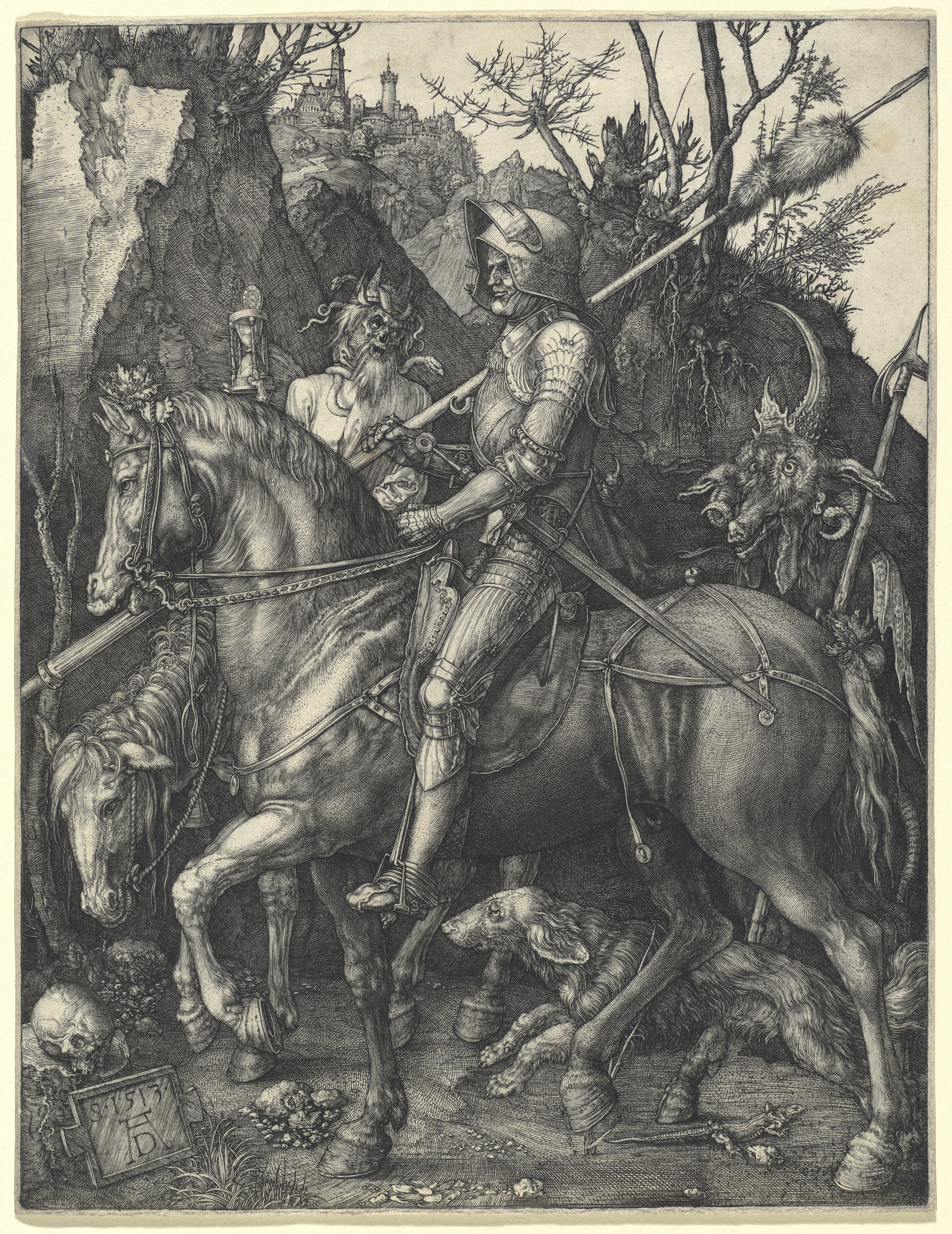In the realm of art and design, shading techniques play a pivotal role in creating depth, dimension, and a sense of realism in drawings and illustrations. Among the many shading techniques available, hatching and cross hatching stand out as fundamental methods for achieving a variety of textures and tonal effects.
Hatching: A Foundation for Shading
Hatching, a fundamental shading technique, involves drawing parallel lines in close succession to create a range of tonal values. The direction, spacing, and weight of the lines determine the perceived lightness or darkness of the shaded area. For instance, closely spaced lines produce a darker tone, while wider-spaced lines create a lighter effect.

Cross Hatching: Adding Dimension and Texture
Cross hatching, a more advanced technique, builds upon the foundation of hatching by layering sets of lines at different angles, typically perpendicular to each other. This layering creates a richer texture and a more pronounced sense of depth. The intersections of the lines produce darker tones, while the areas between the lines retain a lighter value.

Comparative Analysis: Unveiling the Distinctions
The primary distinction between hatching and cross hatching lies in their approach to creating tonal variations. Hatching employs parallel lines to achieve a range of tones, while cross hatching introduces an additional dimension by layering lines at different angles. This layering results in a more complex texture and a more pronounced sense of depth.
Applications of Hatching and Cross Hatching
Hatching and cross hatching prove versatile tools for creating a wide range of textures and tonal effects. Hatching is particularly effective for rendering smooth surfaces and subtle gradations of light and shadow. Cross hatching, on the other hand, excels in depicting rough textures and creating a stronger sense of depth.
Examples of Hatching and Cross Hatching in Masterworks
Throughout art history, hatching and cross hatching have been employed by renowned artists to create captivating illustrations and drawings. Leonardo da Vinci’s “Study of a Horse’s Head” masterfully utilizes hatching to depict the horse’s muscular structure and fur, while Albrecht Dürer’s “Knight, Death, and the Devil” showcases the power of cross hatching to create a sense of texture and depth in the armor, drapery, and landscape.


Conclusion: Embracing the Versatility of Shading Techniques
Hatching and cross hatching, with their unique characteristics and applications, offer artists a powerful toolkit for creating a variety of textures and tonal effects. By mastering these techniques, artists can enhance the realism, dimension, and expressive qualities of their drawings and illustrations. Whether depicting smooth surfaces, rough textures, or intricate details, hatching and cross hatching provide the artistry and versatility to bring artworks to life.